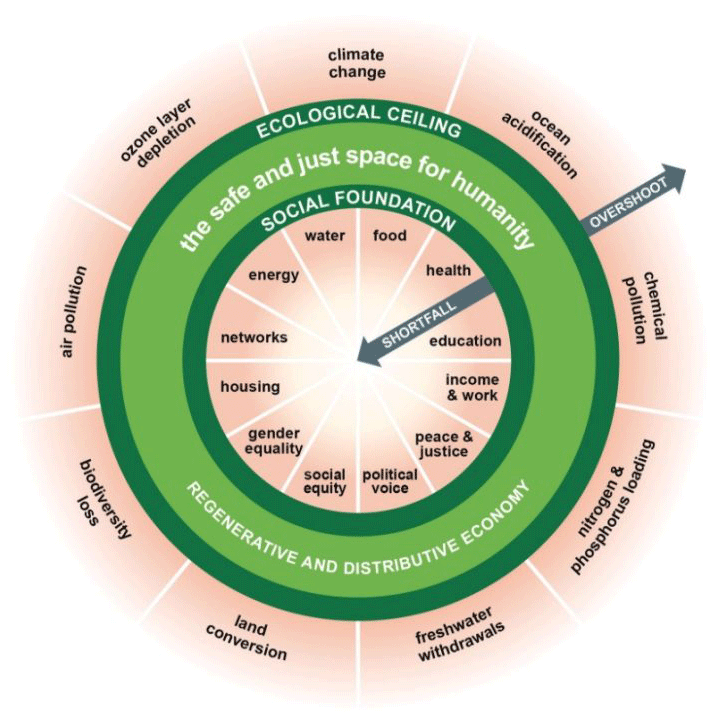Sometimes you have to rest in silence for awhile before you can start again with something to say.
When I describe Turning Signs as a ‘philosophical essay,’ this is what I have in mind:
Philosophy is systematic reflection on our existence, seeking to answer questions like “What is our place in the cosmos?” or “How should we best live our lives?” For many philosophers – very much including the Greeks who stood at the beginnings of western philosophy – the asking and answering of such questions was part of a philosophical way of life: that is, philosophy is not confined to abstract, intellectual pursuits but is implemented in one’s daily life.
This is also what I had in mind when I started Chapter 1 of Turning Signs:
Suppose you’ve been selected for a secret mission.
Supposing means imagining a certain situation in order to see what follows from it. It doesn’t commit us to believing that you really are in that situation. You are free to imagine other possible situations. Maybe you have no ‘mission’ in life, no specific “role” to play in the world drama, no “destiny” or destination pulling you in any particular direction. Maybe ‘missions’ are nothing but figments of the human imagination. Or maybe you do have a ‘mission’ but it’s no secret: you know exactly what it is and you could spell it out in 25 words or less. Maybe you were born to do exactly what you are doing to “make a living,” as we say. But I didn’t invite the reader to suppose either of those situations, because they don’t seem to generate the kind of philosophical questions that Angle and Tiwald refer to above, the questions that seem most real to me (and, I suppose, to any reader likely to get very far in Turning Signs).
When I ask you to suppose you’ve been selected for a secret mission, I am not asking you to believe that any person or agency (divine or human or corporate) selected you for your ‘mission’ or your ‘mission’ for you. You might have selected it yourself, consciously or not, or your situation might result from a process of natural selection. Of course, being a user of language (and probably other symbolic media), your mission is also rooted in cultural selection. But a culture is itself an outgrowth of nature. Cultural systems evolve just as biological and ecological systems do, following the same natural principles – with the addition of an emergent level of consciousness that enables deliberate choices to be made. A crucial part of that cultural selection process is supposing that imagined possibilities can be “realized” and anticipating the consequences that would follow.
Another crucial part of the cultural selection process, especially for those of us living the time of the 21st Century, is reflection on how our cultures have developed the forms and core concepts which are now dominant on this planet, and how those core concepts might need to change in order to avoid the collapse of the natural systems that sustain us all. This kind of reflection is implicit in Turning Signs, but I’ve just been reading another book which addresses the question more explicitly: The Patterning Instinct: A Cultural History of Humanity’s Search for Meaning, by Jeremy Lent. It’s inspired me to reflect on some of the core concepts of Turning Signs in future blog posts. Maybe it won’t make a difference to the future of humanity, but maybe that’s not my mission anyway.
